Our Reptiles
Black Mamba
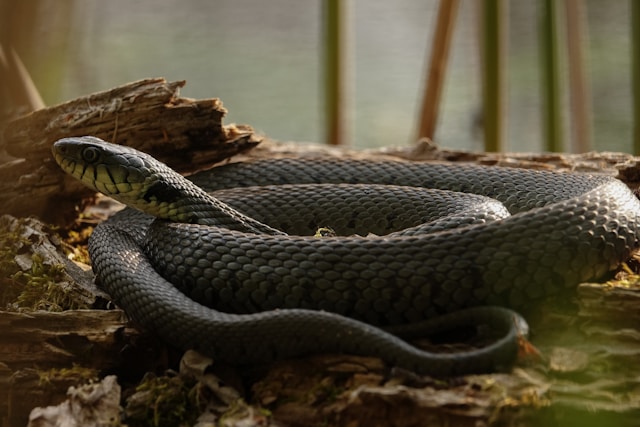
The Black Mamba isone of the fastest and most venomous snakes in the world. Found in sub-Saharan Africa, it prefers savannas, rocky outcrops, and light woodlands
- Habitat: Grasslands, woodlands and rocky areas.
- Diet: Carnivorous - feeds on small mammals and birds.
- Behaviour:Highly venomous, but sh - avoids confrontation unless threatened.
- Venom:Neurotoxic, causing paralysis and respiratory failure if untreated.
Rattlesnake
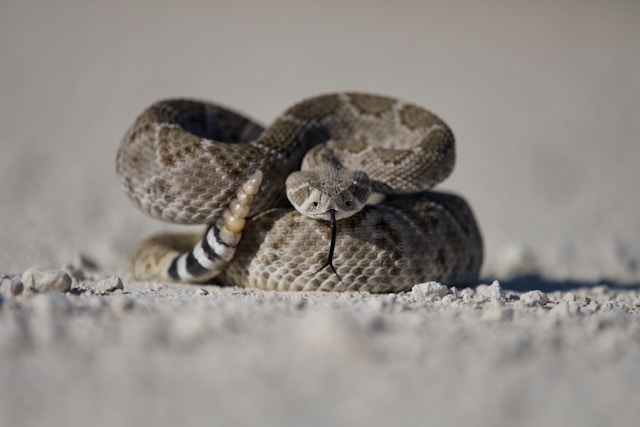
Rattlesnakes are pit vipers known for their rattle, which warns predators. Found in North and South America, they thrive in deserts, forests, and grasslands
- Habitat:Rocky areas, deserts and forests.
- Diet: Carnivorous - feeds on rodents, lizards and birds.
- Behaviour:Ambush predator, striking prey with venom.
- Venom:Hemotoxic, causing tissue damage and blood clotting issues.
Green Viper
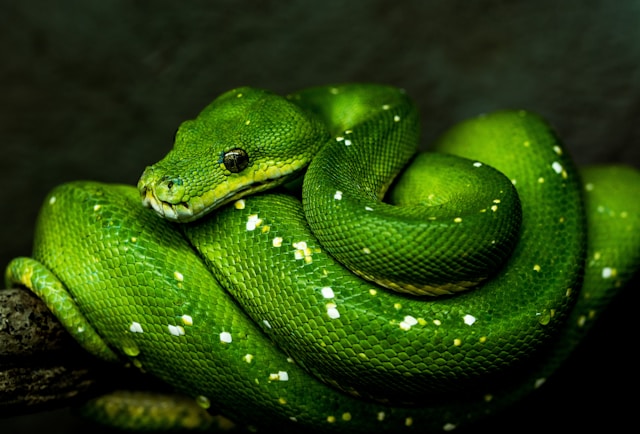
The Green Viper is a venomous snake found in Asia and Africa, often in rainforests and dense vegetation
- Habitat:Tropical forests, grasslands, and wetlands
- Diet:Carnivorous—feeds on small mammals, birds, and reptiles
- Behaviour:Nocturnal, using camouflage to ambush prey
- Venom:Hemotoxic, affecting blood clotting and causing swelling
Coral Snake
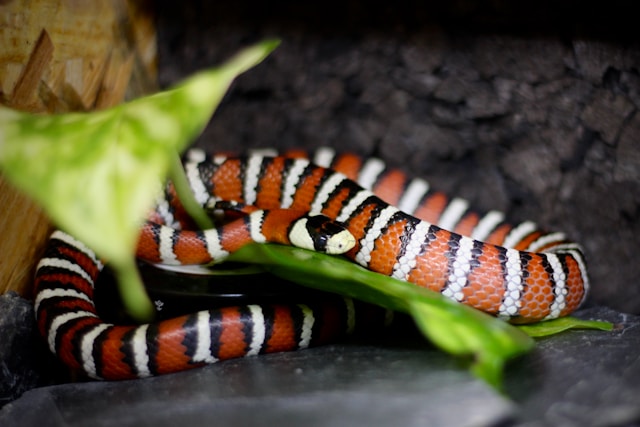
Coral snakes are highly venomous, known for their red, black, and yellow bands. Found in North and South America, they prefer forests and wetlands
- Habitat:Tropical forests, wetlands, and scrublands
- Diet:feeds on small snakes, lizards, and amphibians
- Behaviour:Secretive, often burrowing under leaf litter
- Venom:Neurotoxic, causing paralysis and respiratory failure
Chameleon
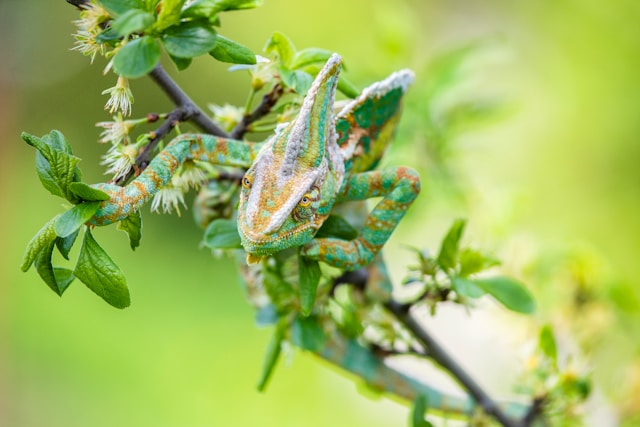
Chameleons are color-changing reptiles found in Africa, Madagascar, and parts of Asia.
- Habitat:Rainforests, savannas, and deserts
- Diet:Insectivorous, using their long, sticky tongue to catch prey
- Behaviour:Solitary, using camouflage for defense
- Special Traits:360° vision, prehensile tail, and color-changing skin